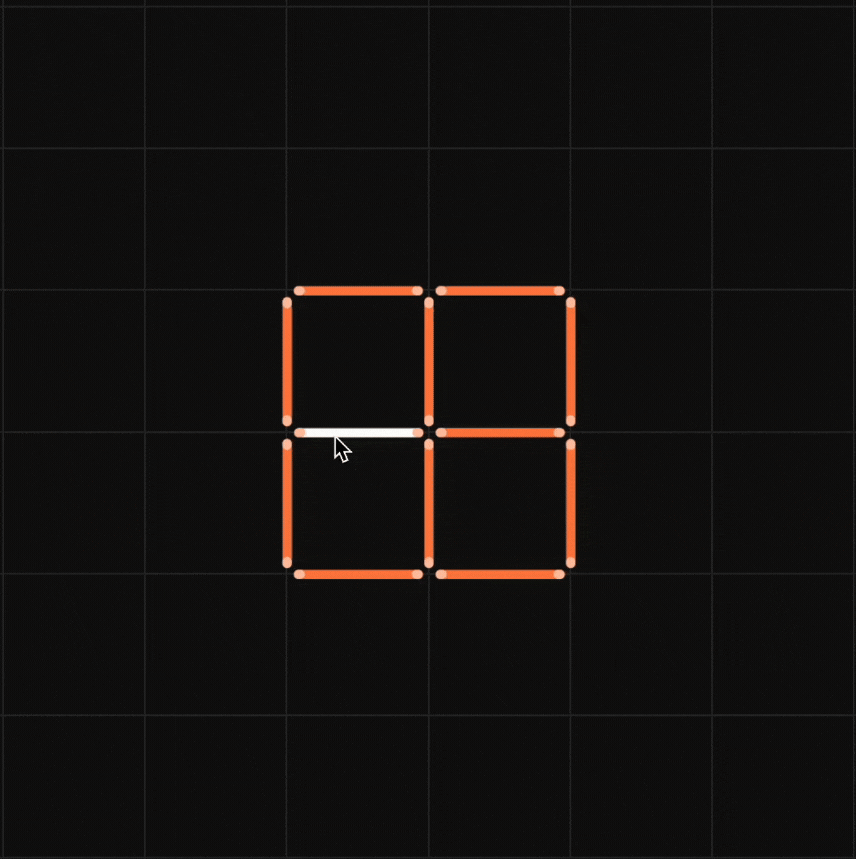

Dividend in Division
A dividend is a whole number or the number of things that need to be divided into certain equal parts. The division is a process of dividing a number into equal parts leaving behind a remainder if the given number cannot be divided into the parts equally. The dividend is an important part of the division operation.
| 1. | What is Dividend in Division Meaning? |
| 2. | How to Identify Dividend? |
| 3. | Dividend Formula |
| 4. | Dividend in Fractions |
| 5. | Difference Between Dividend and Divisor |
| 6. | FAQs on Dividend |
What is Dividend in Division Meaning?
When we divide any number p with the number q (p ÷ q), here in this division fact 'p' refers to the dividend. Let us understand this with an example. Divide the number 20 by 5. Let us write the division fact for the given example.
Division fact = 20 ÷ 5. Here 20 is the dividend.
Dividend Definition
In the process of division, the dividend is the number that is divided completely by the divisor leaving behind a result as the remainder. In other words, it is the whole that needs to be divided into parts. For example, 15 apples need to be divided among 3 children. Here, 15 is the dividend. The division can be performed in various forms. Let us understand how to identify the dividend in different representations.
How to Identify Dividend?
In division, dividend gets divided into equal groups by divisor. The number being divided in a division problem is called a dividend and the number that the dividend is divided by is called the divisor. There are 3 different ways to represent a division fact. In all the respective forms results remain the same. Let us have a generic look at the image below, which shows the various methods of writing a dividend.

In the above image 32 is the dividend and is represented in three different forms.
Dividend Formula
Without dividends, division operation is not possible. Suppose we have to divide the number 75 by 5. It can be mathematically represented as division fact, such as 75 ÷ 5 = 15. In this division fact:
- The number 75 is the dividend. It is the number to be divided.
- The number 5 is the divisor. It is the number that divides the dividend.
- The number 15 is the quotient.
- The remainder for the above case is zero.
To have a thorough verification of division we can use the formula for finding dividends or in other words it is the division formula. Look at the formula mentioned below.
Dividend = (Divisor × Quotient) + Remainder.
Let us consider one more example where we will find the dividend using the mentioned formula.
- dividend = x
- divisor = 6
- quotient = 6
- remainder = 0
Substituting the value in the formula, we get x = (6×6)+0 = 36. Therefore, the value of the dividend is 36.
Let us understand the formula of finding dividends when the remainder is zero. For this particular case the formula will be:
- If the remainder is 0, then Dividend = (Divisor × Quotient).
Dividend in Fractions
Fractions are the numbers represented in the form of p/q. Such as ¼, ½, ¾, etc. When a group of items or a collection is broken down into equal parts or sections we call it a fraction of a whole. All fractions consist of a numerator and a denominator.
- The numerator part of a fraction is the dividend.
- The denominator part of a fraction is the divisor.
Difference Between Dividend and Divisor
Dividend and the divisor both are the major parts of the division fact. Without a divisor, we cannit divide the dividend and without a dividend, we cannot perform the division. Divisor divides the dividend into equal parts whereas dividend gets equally divided by the divisor. Let us understand this fact with an illustration.
Example: Divide 52 by 4
Division fact = 52 ÷ 4
Here 52 is the dividend and 4 is the divisor. If any one term is missing we cannot perform the division with a single term. Hence, 52 ÷ 4 = 13. Here, 13 is the quotient.
Dividend Facts
The following are the facts related to dividend in the division.
- When the dividend and the divisor are equal in a division problem, the results of such a division problem is always 1. For example, 75 ÷ 75 = 1
- When the remainder is zero it means the dividend is completely divided by the divisor.
- When the dividend and quotient of a division fact are equal then the value of the divisor is 1. For example, 75 ÷ 1 = 75
- When the divisor is greater than the dividend, then the resultant number will be a decimal number. For example, 75 ÷ 1000 = 0.075
☛Related Articles
Check out the interesting topics to learn more about Dividend.
Dividend Examples
-
Example 1: There are 200 pencil boxes to be distributed among children. It was planned to give away 5 pencil boxes to each child. Find out how many children will get the pencil boxes. Form the division fact and determine the dividend in the problem.
Solution:
Number of pencil boxes = 200
Number of pencil boxes each child will get = 5
To find out the number of children who will get 5 pencil boxes we will divide the number 200 by 5.
200 ÷ 5 = 40 (here 200 is the dividend, 5 is the divisor and 40 is quotient)
Therefore, 40 children will get pencil boxes. -
Example 2: A school decided to take their students to the science museum. 90 children will be going on the trip and 3 buses are available. Can you calculate the number of children that can be accommodated in each bus? Form the division fact for the given problem and determine the dividend.
Solution:
To find the number of children in each bus, we will divide the number of buses among the total number of children.
Here, we will divide the number 90 by 3.
90 ÷ 3 = 30 (here 90 is dividend, 3 is divisor and 30 is quotient)
Therefore, 30 children can be accommodated on each bus. -
Example 3: Divide 150 by 5 using the division method and verify it with the dividend formula.
Solution: First let's divide 150 by 5 using the simple division method:
150/5 = 30
Here, 150 is the dividend, 5 is the divisor, 30 is the quotient, and 0 is the remainder.
Let us verify this answer by using the dividend divisor quotient remainder formula:
Dividend = Divisor × Quotient + Remainder
150 = 5 × 30 + 0
150 = 150
As we can see that the LHS = RHS, hence the division is correct.

FAQs on Dividend
What is a Dividend in Math?
A number that is divided by another number (divisor) is known as a dividend. For example, Divide 24 by 4. Here 4 is the number that will divide the number 24 therefore, 24 is known as the dividend and 4 is divisor.
How do you Calculate Dividends in Division?
If the other parts of the division fact such as divisor, quotient, and the remainder are given then we can find the dividend by using the given formula:
Dividend = Divisor x Quotient + Remainder.
What is the Formula for Finding Dividend When Remainder is Zero?
If the remainder is 0, then the formula for finding the Dividend = (Divisor × Quotient).
Where do We Write Dividend in the Division?
While performing the long division the dividend is written inside the division symbol and the divisor is written outside it, to the left.
What is the Dividend in a Fraction?
A fraction is represented in the form p/q,(q is not equal to 0). All the fractions are comprised of two parts numerator and denominator. Here, the numerator is the dividend. For example, 8/2, the numerator 8 is the dividend.
What is the Dividend in Division?
When any general division fact that is represented as A ÷ B = C, in such case A is the dividend of the respective division fact.
What is the Dividend of 24 Divided by 3?
The given example can be expressed as 24 ÷ 3. In this case, 24 is the dividend and 3 is the divisor.
What is the Dividend in the 72/8?
72/8 is written in a fraction form here the numerator is 72 and in fraction form, the numerator part is known as a dividend.
What is the Dividend in the Division Fact 45 ÷ 15 gives 3?
The dividend is the number that gets equally divided by the divisor. Here 45 is divided by 15. Therefore,45 is the dividend.
visual curriculum